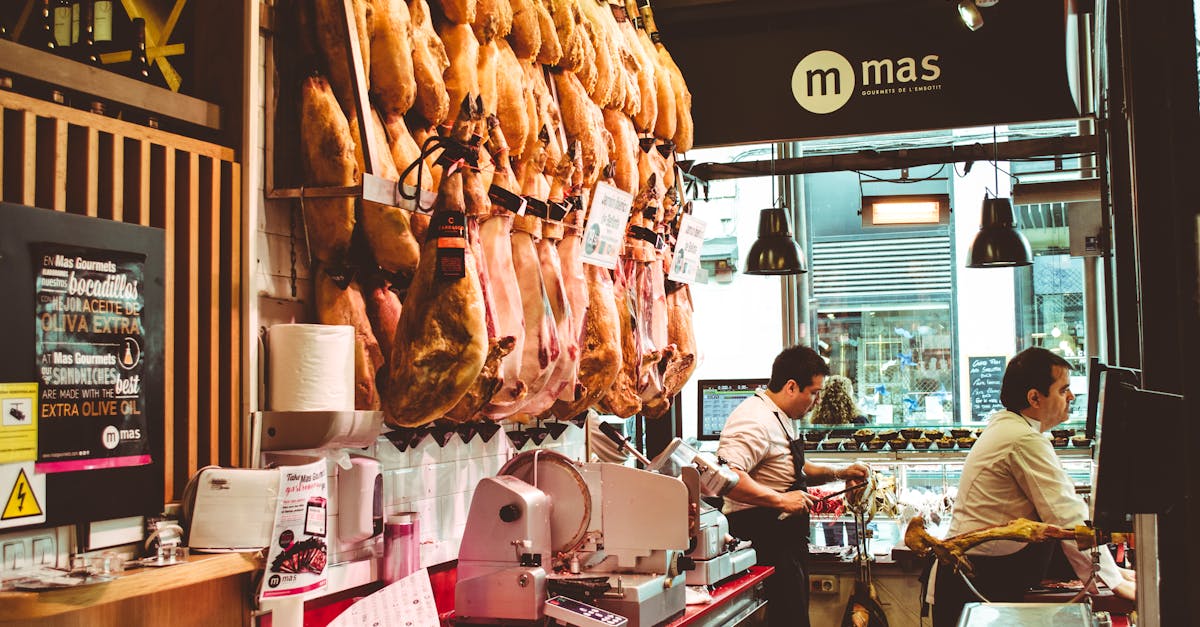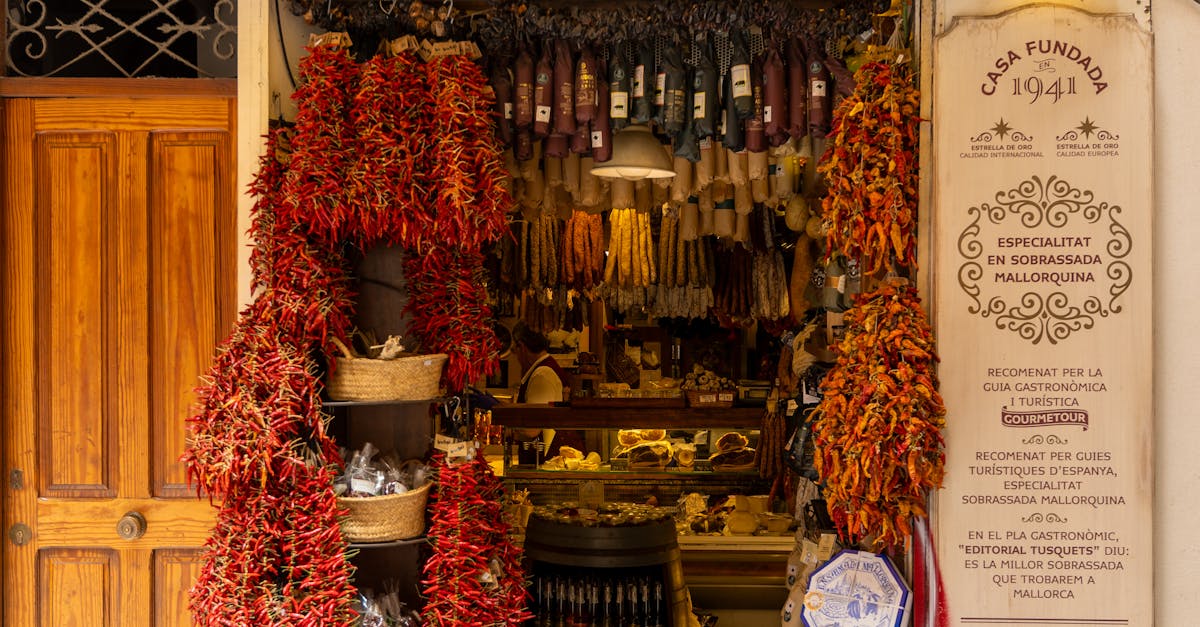Traditional Spanish Desserts
February 19, 2025

When it comes to the rich tapestry of Spanish cuisine, one cannot overlook the delectable array of traditional desserts that have been savored for generations. These sweet treats are not just a feast for the taste buds but also offer a glimpse into the cultural heritage and culinary traditions of this vibrant Mediterranean country.
At its core, traditional Spanish desserts are a celebration of simplicity and quality ingredients. From the iconic churros dipped in thick hot chocolate to the creamy rice pudding known as arroz con leche, these desserts highlight the use of basic yet flavorful components that have stood the test of time.
Universally loved for their indulgent flavors and comforting textures, Spanish desserts are a testament to the country's deep-rooted passion for food. Whether it's the airy and citrusy sponge cake called tarta de Santiago or the flaky and nutty turron, each dessert tells a story of Spain's diverse regions and influences.
Fundamentally, Spanish desserts draw inspiration from a variety of sources, including the country's Moorish past, Mediterranean climate, and agricultural abundance. This unique blend of cultural and historical factors has given rise to a dessert culture that is as diverse as it is delicious.
Overall, exploring traditional Spanish desserts is a journey through time-honored recipes and cherished family traditions. So, grab a seat at the table and get ready to indulge in the sweet symphony of flavors that define this culinary heritage.
To illustrate, the diverse range of traditional Spanish desserts mirrors the country's multifaceted culinary landscape. From the Moorish-influenced almond-based marzipan to the simple yet elegant crema catalana, each dessert tells a story of Spain's unique history and regional diversity. The infusion of flavors and textures in Spanish desserts reflects a harmonious blend of tradition and innovation that continues to captivate palates worldwide.
Equally important, the act of preparing and sharing these desserts is deeply ingrained in the social fabric of Spanish culture. Families and friends often gather to enjoy these sweet creations, fostering a sense of community and togetherness that transcends mere indulgence. The rituals surrounding traditional Spanish desserts serve as a reminder of the importance of savoring life's simple pleasures and cherishing moments spent with loved ones.
Furthermore, in contrast with the fast-paced nature of modern life, the leisurely enjoyment of Spanish desserts offers a moment of respite and reflection. Each bite is an opportunity to slow down, appreciate the artistry of generations past, and connect with the rich tapestry of Spanish culinary heritage.
In reality, traditional Spanish desserts are not just confections; they are cultural ambassadors that carry the essence of a nation known for its warmth, hospitality, and zest for life. Whether it's a plate of crispy churros dusted with sugar or a slice of creamy flan drizzled with caramel, these desserts embody the spirit of Spain in every delicious bite.

Classic sweet treats from Spain
With this in mind, as you delve deeper into the world of Spanish desserts, you'll encounter a plethora of delights that showcase the country's culinary mastery. Nut-filled pastries like the delicious pestinos and the sugary huesos de santo are prime examples of the intricate artistry and attention to detail that characterize traditional Spanish sweets.
The richness of Spanish desserts goes beyond just taste; each bite tells a story of tradition, innovation, and the love that goes into their creation. Whether it's the refreshing flavors of horchata or the almond-infused sweetness of polvorones, these desserts bring people together in a shared appreciation for the joys of life.
Furthermore, the versatility of Spanish desserts is a true testament to the country's diverse cultural influences. From the Moorish legacy seen in the honey-soaked textures of alfajores to the fruity delights of zarzaparrilla, there is a dessert to suit every palate and occasion.
Exploring the world of Spanish desserts is not just a culinary journey but a cultural experience that immerses you in the heart and soul of a passionate nation. So, the next time you indulge in a plate of flaky empanadillas or a slice of creamy leche frita, remember that you're not just savoring a dessert—you're tasting a piece of Spain's history and heritage.
In summary, traditional Spanish desserts encapsulate the essence of a rich culinary heritage, offering a sensory journey through the diverse flavors and textures that define this vibrant Mediterranean country. From the influence of Moorish legacy to the creative innovations found in regional specialties, each sweet treat tells a story of passion, history, and community.
As you savor the last bite of that decadent Spanish flan or enjoy the last sip of creamy horchata, remember that these desserts are not merely confections but living testaments to the cultural identity and culinary ingenuity of Spain. The act of sharing and indulging in these sweet creations transcends mere gastronomy, symbolizing the warmth and togetherness that characterize Spanish culture.
Ultimately, delving into the world of traditional Spanish desserts is a delightful voyage that connects you with generations of tradition and the heartwarming spirit of a nation known for its love of life's simple pleasures. So, whether you find yourself in a bustling Spanish market or recreating these delicacies in your own kitchen, let each bite be a celebration of the rich tapestry of flavors and stories that make Spanish desserts a true treasure to be cherished and shared.

Title
I'm a paragraph. Click here to add your own text and edit me. It's easy.

Title
I'm a paragraph. Click here to add your own text and edit me. It's easy.

Title
I'm a paragraph. Click here to add your own text and edit me. It's easy.